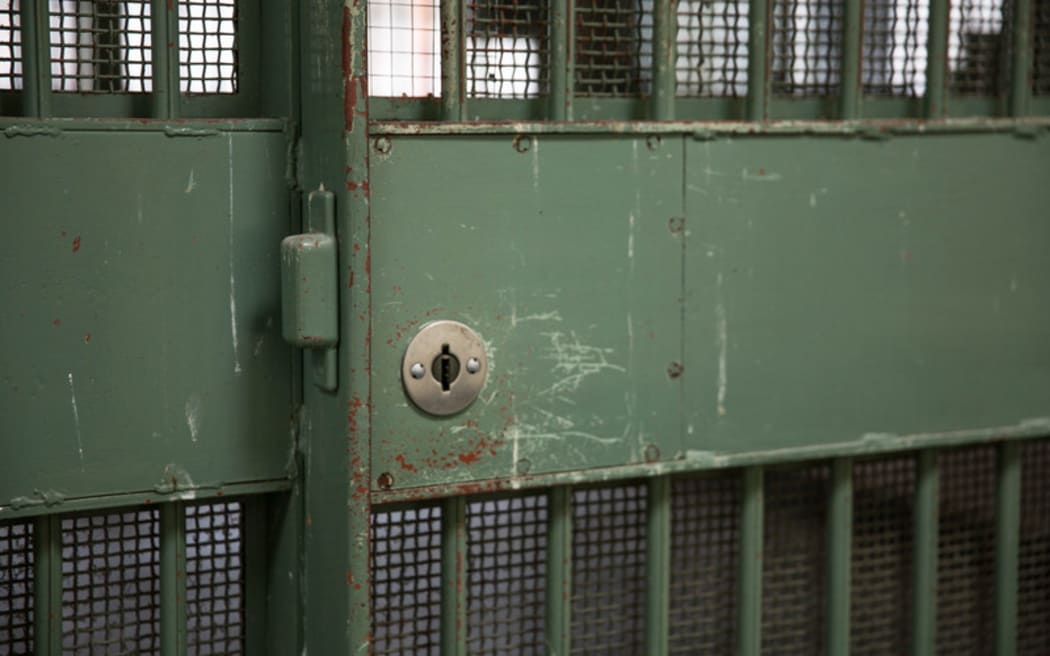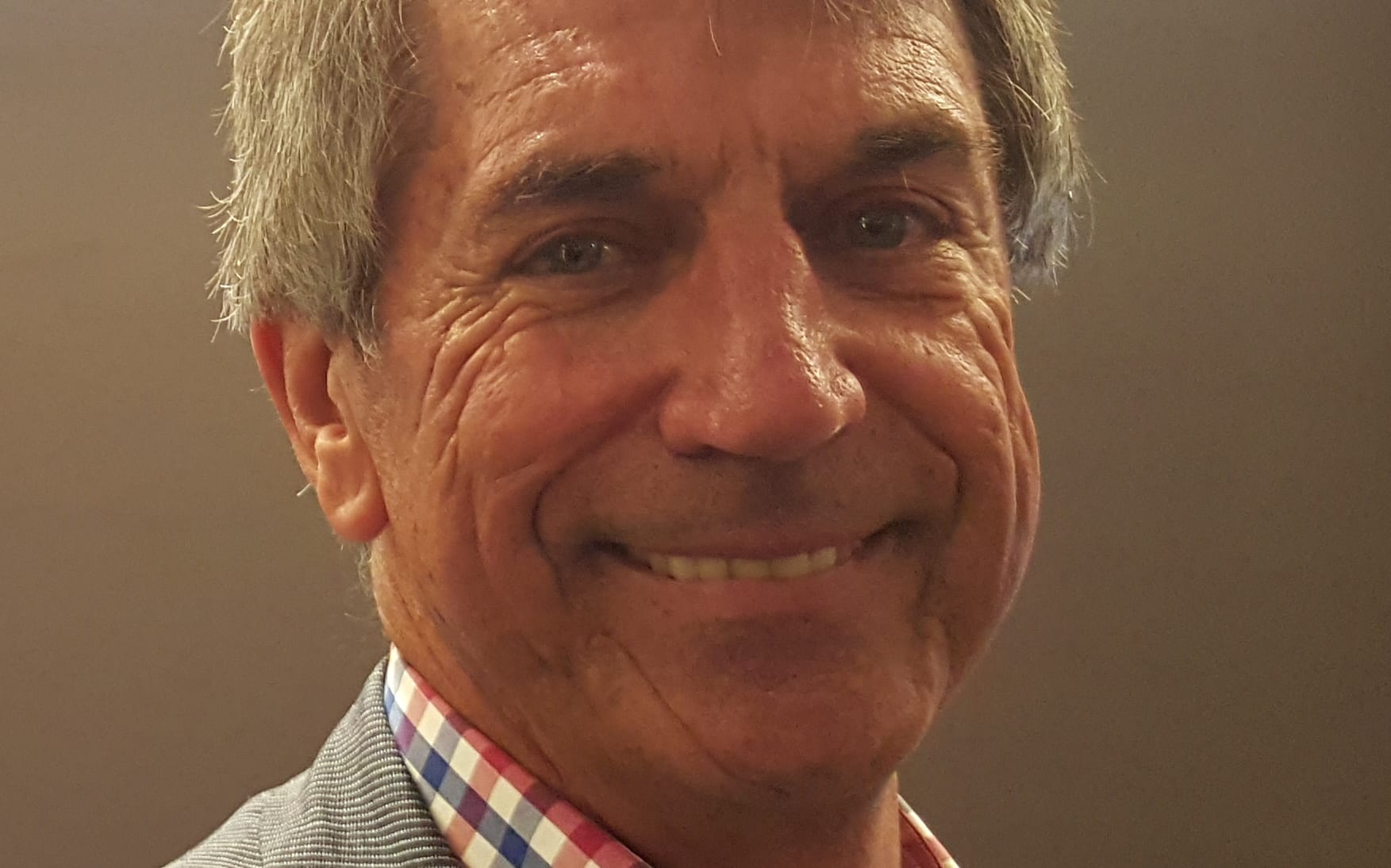Concerns about prisoner safety and bullying have been raised in an Ombudsman's report into Hawke's Bay Regional Prison.

Photo: RNZ / Cole Eastham-Farrelly
A team from the office made an unannounced inspection of the prison late last year and Chief Ombudsman Peter Boshier described it as an institution of two halves.
He said there was a pronounced difference between the conditions and atmosphere in the high-and low-security units.
The high-security area presented a number of challenges, he said.
"There was a clear and urgent need for the prison to address the levels of violence and intimidation that are features of too many prisoners' experience, particularly in the high-security units."

Peter Boshier Photo: RNZ/Zoe George
"I saw no evidence of a gang management strategy, and anti-bullying efforts were ineffective in addressing predatory behaviour."
Prisoners were asked a series of questions by the team from the Ombudsman's Office and 46 percent said they had been assaulted in the prison, but only 34 percent had reported the incident to the prison authorities.
More than half of prisoners also said they had been victimised or bullied by other inmates.
The report revealed that more than half of inmates were affiliated to a gang, with 25 percent identifying as members of the Mongrel Mob and 15 percent as Black Power members.
A small number of inmates belong to other gangs, including the Killer Beez, Nomads and Head Hunters.
Mr Boshier said limited staff interaction with high-security prisoners and insufficient provision of constructive activities had resulted in an atmosphere of boredom and frustration.
He said the regime for remand-accused prisoners also remained unsatisfactory, despite recommendations made by the United Nations Subcommittee for the Prevention of Torture after it visited the prison in 2013.
The Ombudsman also expressed concern about what he termed "basic decency standards" at the prison.
"There were shortfalls in the provision of clean bedding and clothing for prisoners and many mattress covers were stained and mouldy."
"Prisoners in the high-security units were washing clothing in buckets."
The report also pointed to a general lack of awareness around less familiar cultures and vulnerabilities, but noted that prison had no equality and diversity policy.
However it was not all bad news, with Mr Boshier also identifying some areas of good practice at the institution, including efforts to establish it as a working prison.
"The Prison arranged a job exposition to showcase the range of employment and training opportunities available to sentenced prisoners, and the connections between activities in the prison and employment opportunities on release."
"[It] had recently run an event to address domestic violence, which was delivered with the assistance of respected community leaders and was well received by the prisoners."
Low security youth prisoners told the inspection team they enjoyed access to education and programmes and some were participating in a Duke of Edinburgh's Hillary Award scheme.
Mr Boshier said reports from such inspections would be made publicly available from now on.
Corrections welcomes report
The Corrections Department welcomed the report saying its release marks a higher level of transparency about how prisons are run.
Corrections chief custodial officer Neil Beales said several of the recommendations would help improve the prison's performance and many were already being worked on or have been completed.
"Corrections takes its duty of care towards prisoners seriously and is committed to managing all prisoners in a safe, secure, humane and effective manner."
Mr Beales said it was pleasing that the report acknowledged the many positive aspects of the Corrections Department's work - as well as highlighting areas where improvements can be made.



